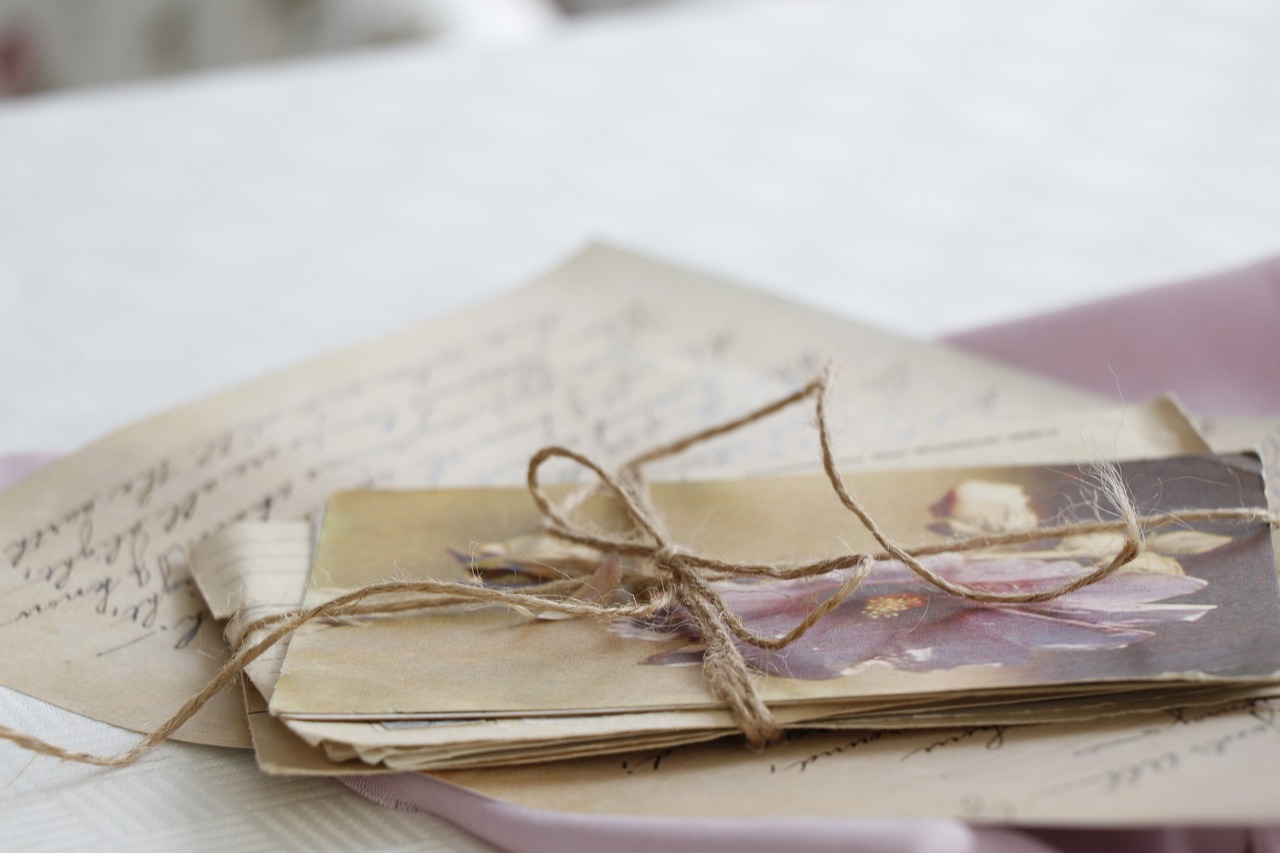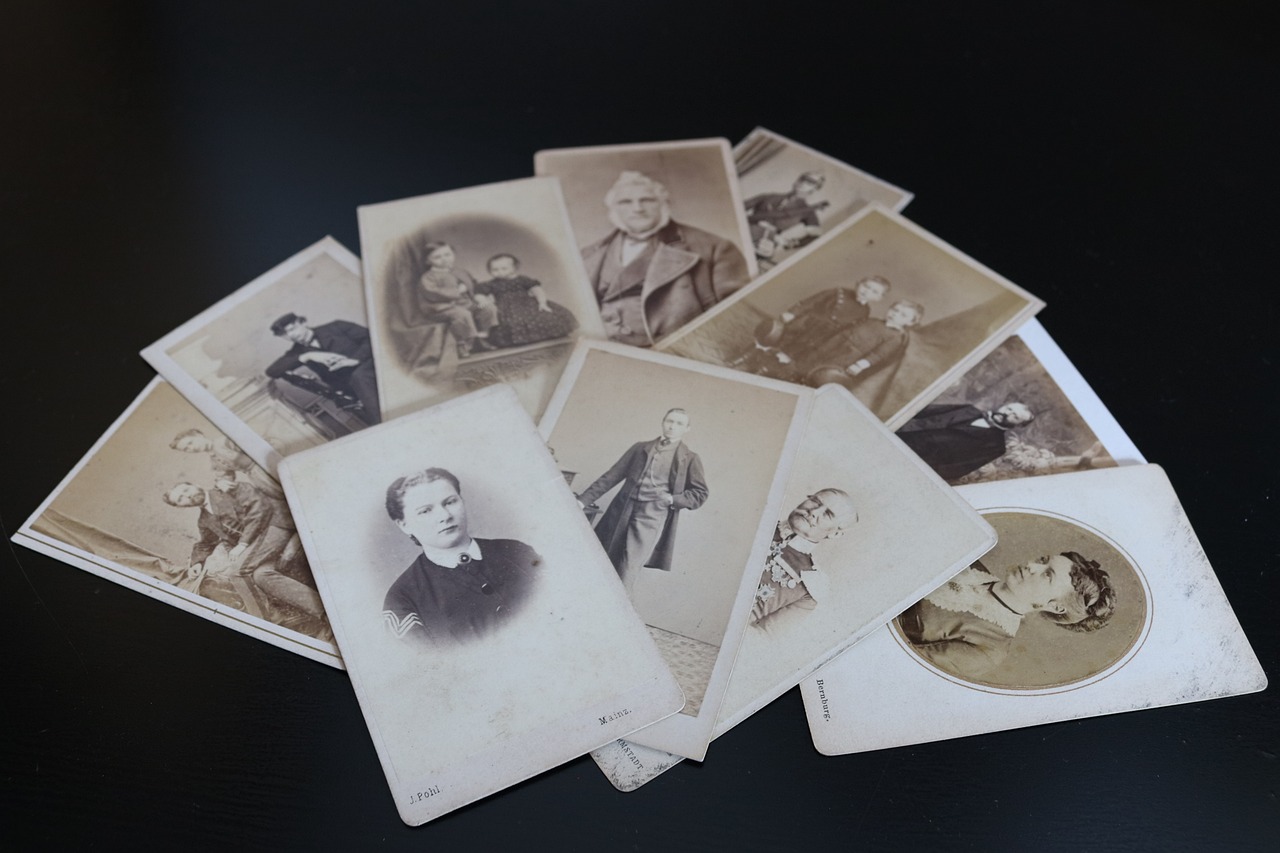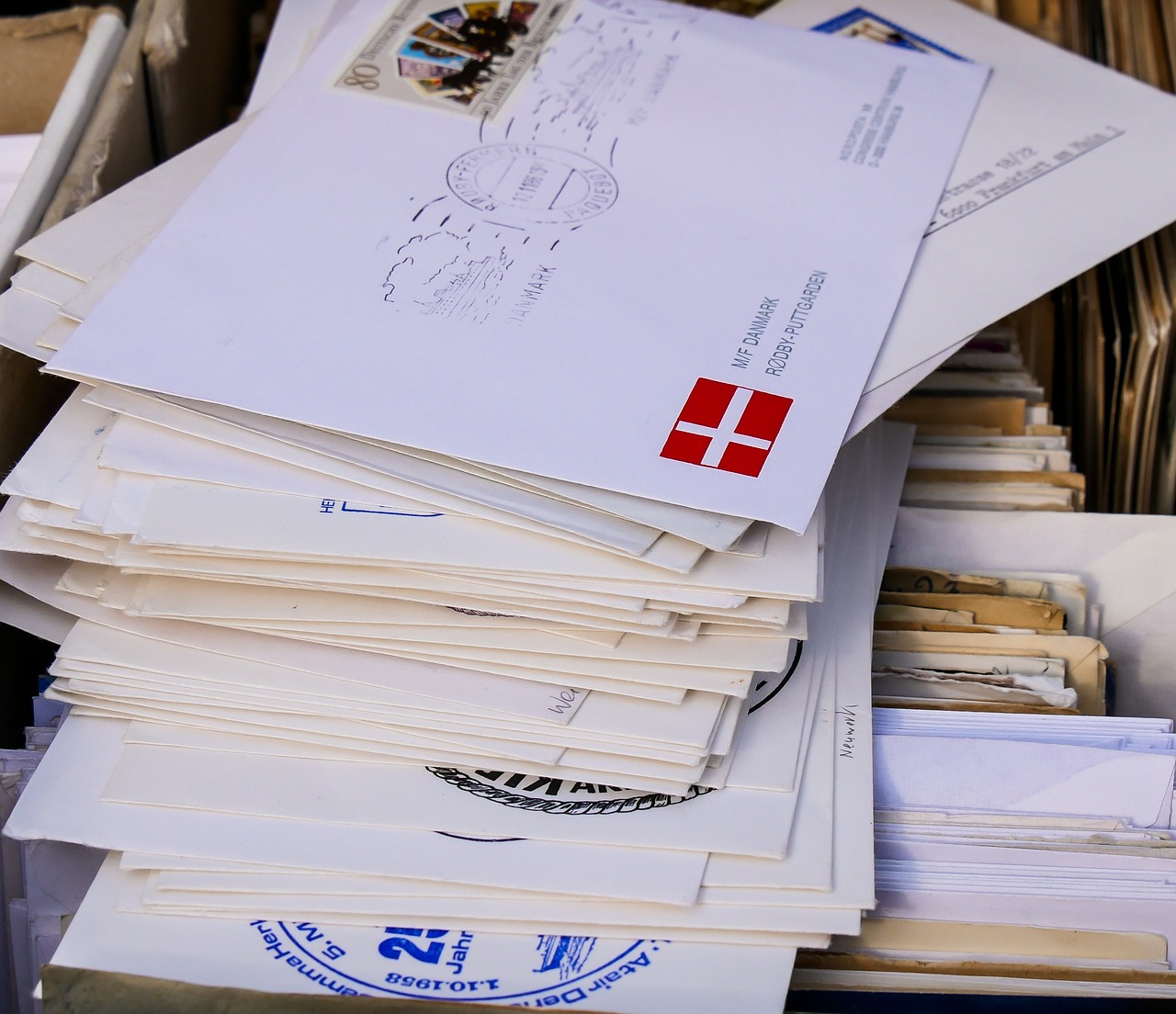VILLAM is a language service provider based in Budapest, Hungary. Based on our country’s history, the offspring of Hungarian families scattered all around the globe. Thus we often get inquiries to translate old family documents found in research for previous generations of the family. Interesting as it is, localizing old handwritten family letters is also a challenge from a language engineering perspective.

A research like this can be intentional, when one is desperately trying to find a connection to the past. The investigation includes searching up old letters and diaries from boxes, storages or even from the old house. Interviews with living relatives, heading to the archives trying to find anything connecting to the family are all good methods to get results.
Many libraries have genealogy collections, including census records, local histories, and other documents that may contain information about your family. There are also many online databases that offer access to genealogy records, including the National Archives of Hungary and the Hungarian Arcanum (an online publisher that creates massive structured databases of digitized cultural contents).
If your grandparents' or great-grandparents' correspondence in a foreign language or their diary in Hungarian come out of the attic, would you want to read it, even if it is in another language, e.g. in Hungarian? Family correspondence, old documents, books, and notes are mostly found in various forms and quality and descendants can only read it after digitization and translation. We at VILLAM have experience in the careful and professional processing of those documents.
When does the need to translate family documents arise?
The need to translate family documents can arise for several reasons, including genealogy research, immigration, legal purposes, family history preservation or personal curiosity.
If you are conducting genealogy research and have come across family documents written in a language that you do not understand, translation can help you better understand the information contained within them. If you or your ancestors have immigrated to a new country, you may need to translate family documents such as birth certificates, marriage licenses, and immigration papers to use them in the new country. Family documents may need to be translated for legal purposes, such as when distributing a family member's estate or if you need to provide proof of identity or citizenship.
Translating family documents can help preserve your family's history by making it accessible to future generations who may not be able to read the original language. But you may simply want to understand the content of family documents out of personal curiosity or to gain a deeper understanding of your family's history.
Regardless of the reason, translating family documents can provide valuable insight and information about your family's history and heritage.

Translating to and from Hungarian
We translate old family documents from Hungarian to English or into another foreign language - whatever is needed. VILLAM offers translation services from Hungarian into more than 60 languages, so if French, Spanish, Russian, Italian, German or another European language is needed, we can handle it. Of course, we also translate from any foreign language into Hungarian.
What family documents are worth translating?
There are many types of family documents that can be worth translating, including Birth certificates, Marriage certificates, Death certificates, Immigration papers, Military records, Census records, Family letters and diaries.
Birth certificates provide important information about a person's identity, including their name, date of birth, place of birth, and parent's names. Marriage certificates are about a person's marital history, including the date and place of marriage and the names of the bride and groom. Death certificates provide information about a person's death, including the date and place of death, cause of death, and the names of the deceased's next of kin.
Immigration papers have valuable information about a person's journey to a new country, including their origin, the date and place of arrival, and their reasons for immigrating. Military records tell you about a person's military service, including their enlistment and discharge dates, rank, and assignments. Census records let you know about a person and their family, including their names, ages, birthplaces, and occupation.
But the most interesting are family letters. Family letters can provide valuable insight into a person's life and the lives of their family members, including their relationships, events, and life experiences. Personal diaries can provide a first-hand account of a person's life, including their thoughts, feelings, and experiences.
Translating these types of family documents can help you gain a deeper understanding of your family's history and heritage, and preserve it for future generations.

Transcribing and digitizing handwritten letters and diaries
To transcribe, digitize, and translate handwritten letters, we usually scan or photograph the letter, transcribe it, digitize the transcription and finally translate the content.
The first step is to get a digital image of the letter. You can either scan the letter or take a high-resolution photograph of it. If you send the original document to us, we can do it for you professionally.
Once we have a digital image of the letter, we can transcribe the handwriting into a typed document. This can only be done manually, by typing out the text ourselves, because handwriting recognition software rarely copes with the old Hungarian texts. Once we have transcribed the letter, we can digitize the transcription by saving it in a digital format, such as a Microsoft Word document or another text file. Finally, we translate the letter into your preferred language. This best be done by a professional translator.
Make sure you store the digital copies of the letter, transcription, and translation in a safe place, such as on an external hard drive, a cloud storage service, or a genealogy software program.
It's important to note that translating handwritten letters can be challenging, especially if the handwriting is difficult to read. A professional translator may be better equipped to accurately translate the letter, especially if the letter is written in a script or language that is not well-known.
Creating a family book from family correspondence
VILLAM offers services that specialize in genealogy and family history, including creating family books from family correspondence. The process usually involves collecting, transcribing, digitizing, and translating your family's letters, documents, and photographs, and then designing and printing a custom book that showcases your family's history. The services can include everything from selecting a cover design, to organizing the content and adding captions, to printing and binding the final book.
A member of my family wrote a book…
In many families, it happens that a family member writes a book that relatives living abroad who do not speak the original language want to read. The book could be written for the general public, but the author could also write for himself. Whatever the purpose of the writing, the translation can create an opportunity to get to know the author better, to remember him through his thoughts. You can hire VILLAM as a professional translator who is proficient in both the language of the book and your preferred language to translate the book for you. It's important to remember that preserving your family's book is a valuable way to preserve your family's history and heritage.

Translation fee
The translation companies provide a quotation with a translation fee according to the time required for the requested activities. Generally, the translation fee is based on the number of words. We can estimate the number of words based on a sample page and the number of pages. When requesting a quote, it is therefore advisable to attach at least one sample of the letters or a few pages from the diary or book to be translated.
How long does it take to complete the translation?
The translation time depends on the amount of text. An experienced translator can translate about ten pages in a single day. So, for example, a 30-page journal usually takes three days to translate. However, the text has to be thoroughly prepared before translation and checked afterwards, so we usually ask for nine days for such work.
In what form do we deliver the translated texts?
The finished translation is usually delivered in the form of a Word document. At the customer's request, we are happy to provide scanned, digitalized, original pages as well as a copy of the text. The form of handover depends on the customer's request, which we respect and try to fulfill.
What's next?
If you are interested in the possibilities, contact us via email and tell us about what you are planning, or send a sample of the text. In response, we provide a quote for the translation fee and the deadline for implementation.
***
Keywords: Hungarian translation, book, letters, correspondence, family documents, family tree, emigration, research.
